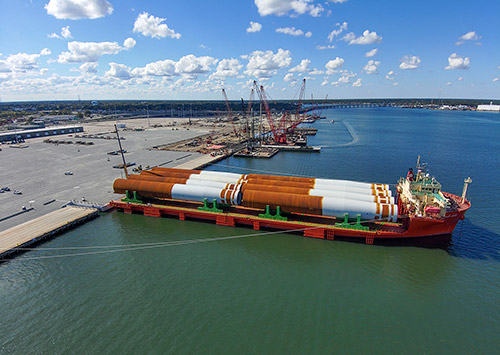“Data Center Alley” in Loudoun County is the world’s largest concentration of hyperscale data centers — its capacity exceeds that of either China or Europe. The area requires massive energy to power and cool computers, servers, and virtual machines. Fueled in part by plans to add more hyperscale data centers, the demand for electricity in Virginia is forecast by Dominion Energy, Inc. to grow 5% annually, more than double the pace of growth in the decade before the pandemic.
While a significant portion of the expected increase in demand for energy will be driven by data centers, some additional demand will come as drivers switch from vehicles powered by gas to those powered by batteries. That’s even more true if Virginia sticks with previous plans to ban the sale of gas-powered vehicles in 2035.
The Three-Legged Stool
The traditional energy model is often described as a “three-legged stool” based on reliability, affordability, and environmental stewardship. Virginia has been on a gradual trajectory of expanding renewable energy over the last two decades. Three long-term factors have coalesced to create a period of potential growth in clean energy generation in Virginia: Virginia has been on a gradual trajectory of expanding renewable energy over the last two decades.
- Investment in new energy infrastructure over many years by the state’s main electric utilities, Dominion Energy and Appalachian Power;
- Development of technology that brought the cost of renewable energy down sharply; and
- Continued development and investment in a tech-savvy workforce with the skills needed to build and maintain cutting-edge energy infrastructure.
The Commonwealth of Virginia 2022 Energy Plan builds on the Virginia Clean Economy Act of 2020 to include both renewables and more traditional energy sources. “Both/And” Instead of “Either/Or”
With high projected growth, Virginia can’t afford to leave an energy stone unturned, which is why the Commonwealth of Virginia 2022 Energy Plan builds on the Virginia Clean Economy Act of 2020 to include both renewables (solar, offshore wind) and more traditional energy sources (nuclear, natural gas, hydrogen). While natural gas remains the Commonwealth’s primary fuel for generating energy, Virginia continues to work toward reducing its use to zero by 2050.
The Commonwealth continues to aggressively pursue solar generation. Virginia is seeking $250 million through an Environmental Protection Agency program called “Solar for All” that will commit $7 billion across the country for residential solar, enabling millions of low-income households to access affordable and clean solar energy.
Virginia’s priority is to anticipate future energy challenges and build the capacity to mitigate them. That means using the data about expected demand to create goals, then using flexible means to get there.




